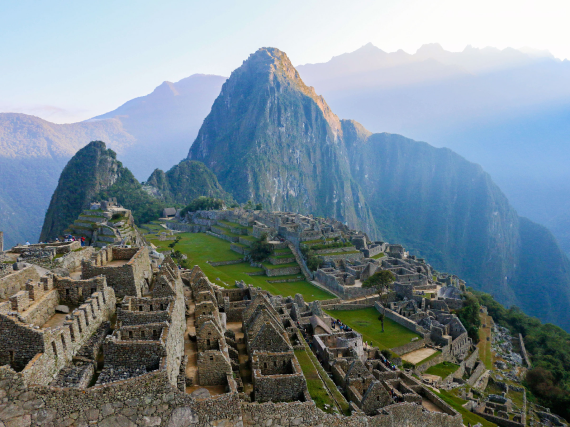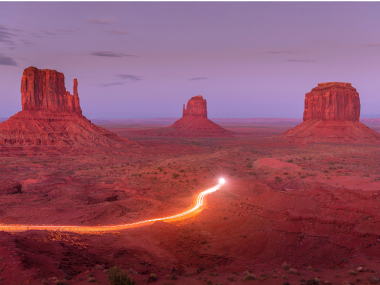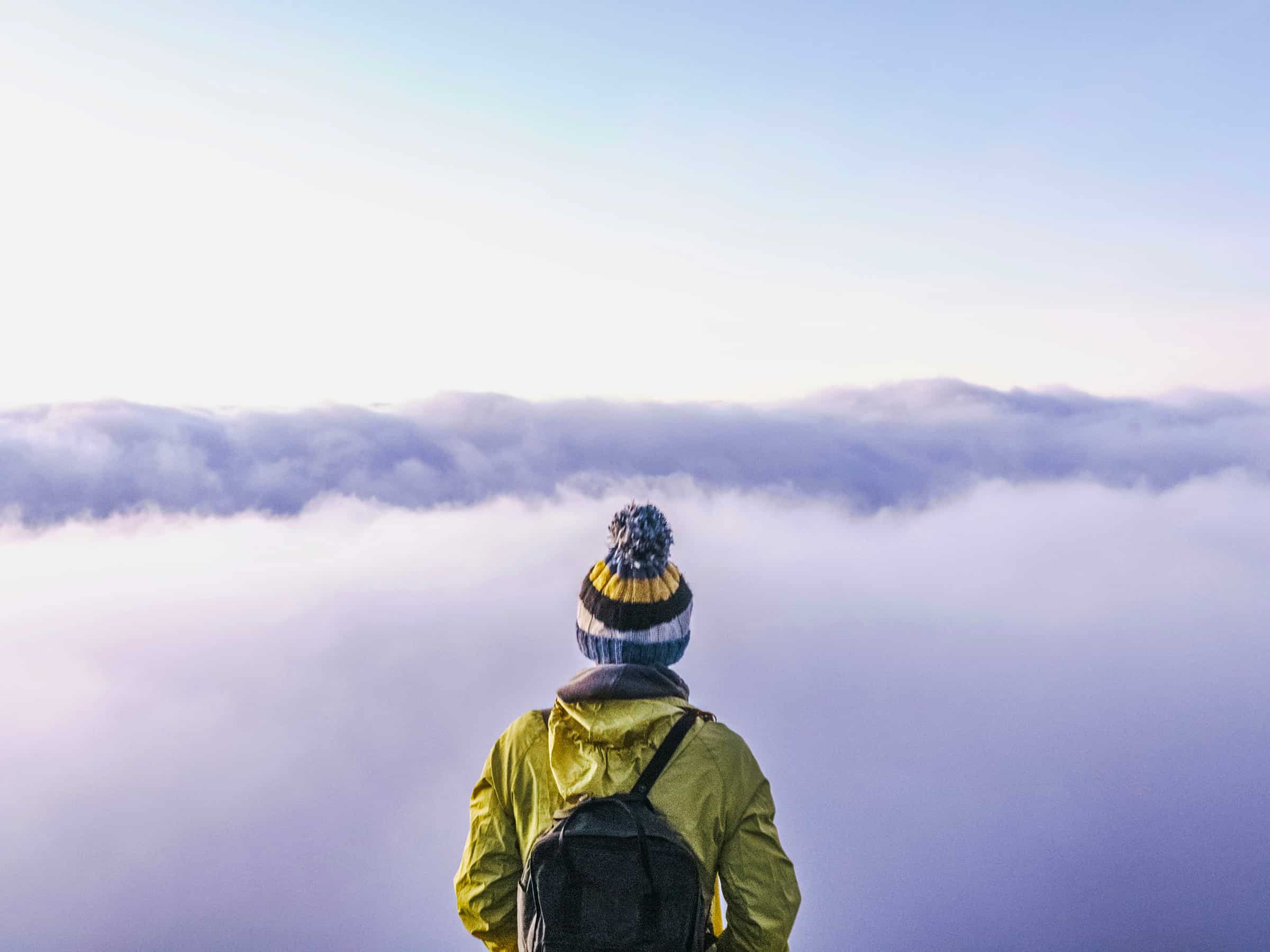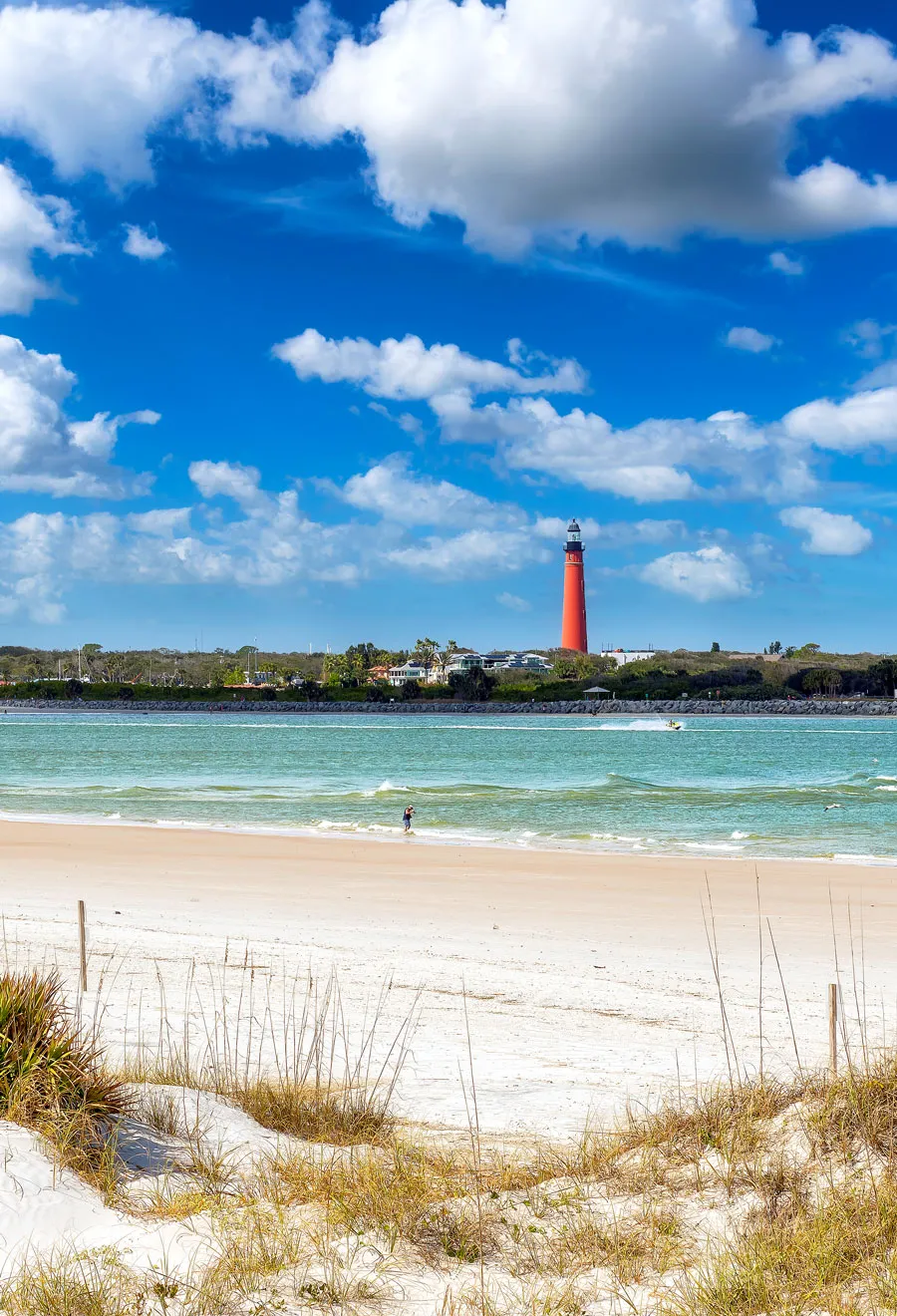For many travelers, the beach is nature’s anecdote for stress — there are few things more relaxing than miles of sand, salty sea air, and the sound of waves crashing. But sometimes, a day at the beach isn’t as soothing as it sounds. Take the following beaches, each of which poses a different natural threat, from riptides to crocodiles to quicksand. Check out five of the most hazardous beaches around the world.
Hanakāpī’ai Beach – Hawaii
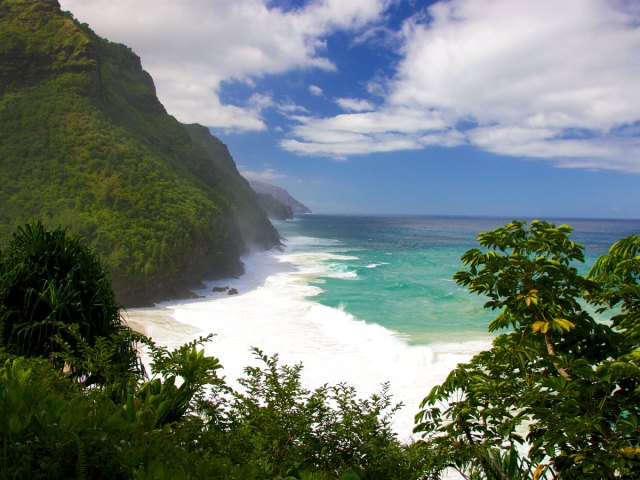
Situated on the north shore of Kauai, Hanakāpī’ai Beach is about as pretty as it gets. With turquoise water, white sand, and lush green cliffs, this Hawaiian beach is straight out of a postcard. Accessible via a 2-mile hike on the Nā Pali Coast, the beach draws visitors seeking seclusion and unspoiled natural beauty.
But don’t be fooled by its good looks — Hanakāpī’ai Beach is often considered the most dangerous on the island. Since there is no offshore reef to protect the beach, Hanakāpī’ai is known for its strong currents and big waves, and due to its remote location, there are no lifeguards on duty. As a result, visitors are encouraged to admire the view from a safe distance. Fortunately, if you want to surf, swim, or snorkel, Kauai has plenty of other safer beaches to offer.
K’gari – Australia
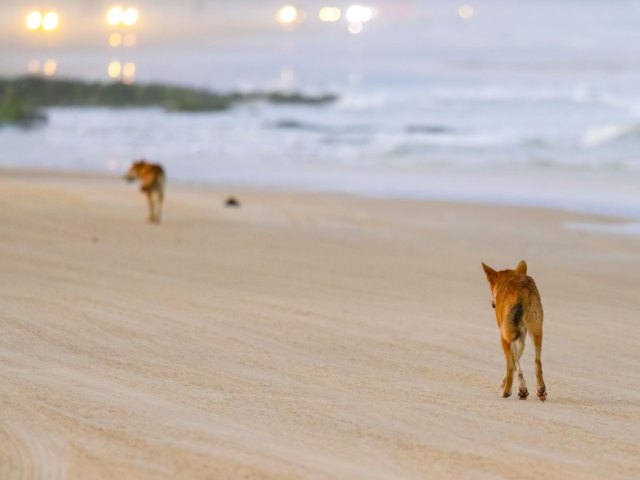
Formerly known as Fraser Island, K’gari is one of Australia’s unique treasures, with pristine white-sand beaches that encircle the island for miles. But despite its apparent beauty, visiting the largest sand island in the world has its risks. Nearly 200 humans have been attacked on the island by Australia’s wild dogs, known as dingos. Native to K’Gari, the dingos roam the island freely and are considered sacred to many First Nations peoples.
Experts say that the dingos are not at fault. Instead, it’s usually the humans who are to blame. Visitors provoke attacks by approaching the dingos for pictures or selfies or by leaving out food that attracts the dingos to campgrounds. A maximum visitor cap for the island has been proposed, but until then, the problem remains, with local officials reminding human visitors that dingos require both space and respect on the island.
New Smyrna Beach – Florida
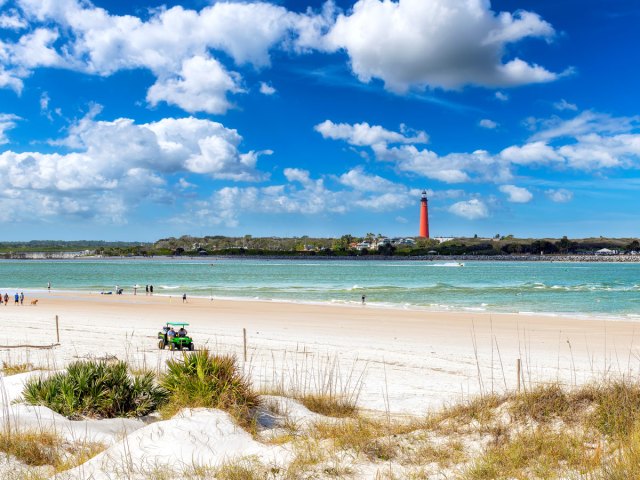
At first glance, New Smyrna Beach looks like your typical Florida beach — white sand, plenty of beachgoers, and perfect lapping waves. But hidden dangers are quite literally lurking beneath the surface of this seemingly perfect tourist destination. With Volusia County topping the list of worldwide locations for shark bites, New Smyrna has earned the nickname “Shark Bite Capital of the World.” Since 1880, more than 300 people have been attacked by sharks while swimming in these waters.
The waters off New Smyrna Beach are home to several types of sharks, including spinner sharks and blacktip sharks, who are the most common culprits in the attacks on humans. Due to the abundance of fish and low visibility in the water, sharks often mistake humans for aquatic prey. Fortunately, most of these incidents prove nonfatal, but you should proceed with caution if you decide to go for a swim at New Smyrna.
Morecambe Bay – England
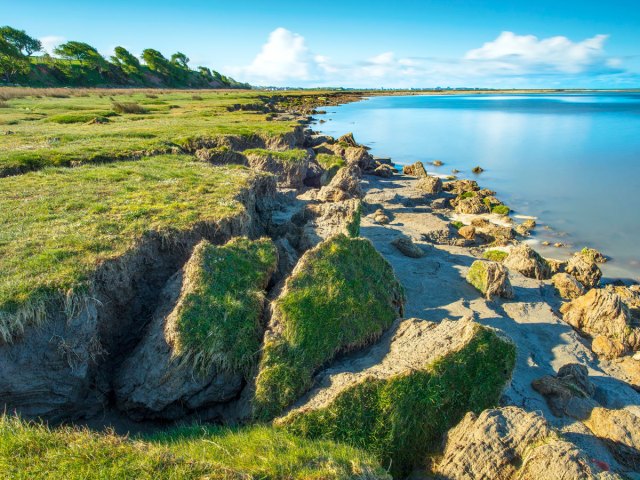
Located on the northwest coast of England, Morecambe Bay is characterized by a unique mix of sand and mud flats that were formed during the last ice age. Although it appears rather calm and maybe even a little bit boring, the bay’s composition produces a lethal combo of quicksands and fast incoming tides, which can trap and drown unsuspecting visitors.
This problem has plagued the area for centuries. In 1547, the Duchy of Lancaster decided to appoint the King’s Guide to the Sands as a way to protect those who used it as a transportation route — a position that still exists today. Although signs warn visitors of the dangers, many people choose to ignore the risk, which has resulted in several rescues over the years.
Cape Tribulation – Australia
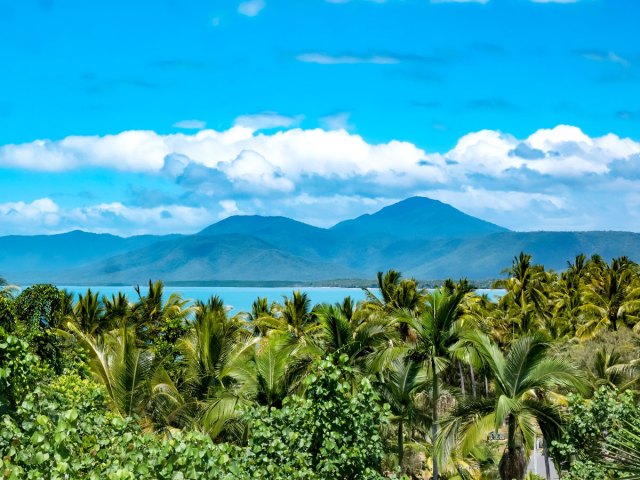
Located on the northeastern tip of Queensland, Australia, on the edge of the Daintree Rainforest, Cape Tribulation has all the makings of a tropical oasis. Visitors to the region enjoy a mix of palm trees, white sands, and abundant sunshine. There’s one problem, though — they’re strictly prohibited from entering the water.
Cape Tribulation is home to a healthy population of saltwater crocodiles, or “salties,” as locals refer to them. These crocodiles are particularly menacing, as they are large and can be aggressive toward humans. The North Queensland coast also contains box jellyfish, which produce a painful and sometimes fatal sting. Luckily, there are other swimming opportunities nearby, including Emmagen Creek. This swimming hole is generally considered safe for humans, without the presence of jellyfish or crocodiles.
More from our network
Daily Passport is part of Inbox Studio, which publishes content that uplifts, informs, and inspires.

